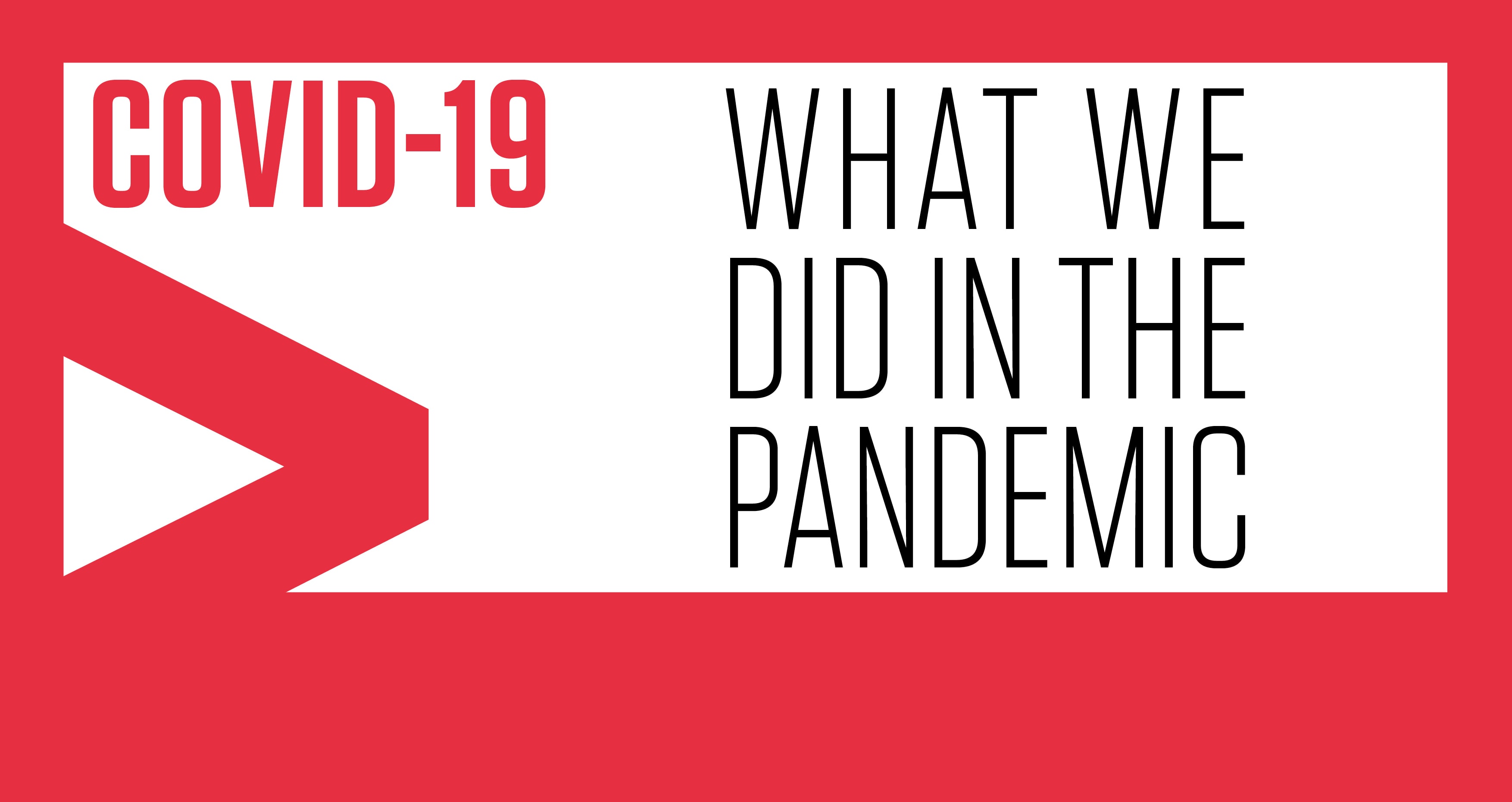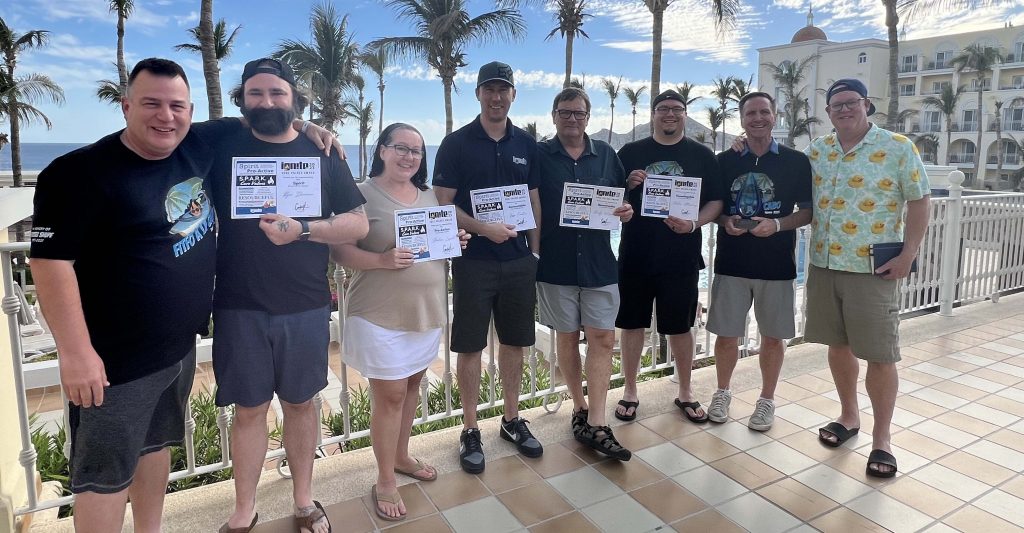
Nick Kokonas,
Co-founder, Alinea Group, Chicago, US
When Covid-19 hit Chicago, fine-dining establishment Alinea surprised much of the culinary community by launching a carry-out option from the three-Michelin-starred restaurant.
“About a week before the shutdown we considered take-out as an option so long as it was safe for our employees and customers,” says Kokonas. “We were up and running three days after the governor of Illinois mandated shelter in place. We wanted to feed our communities and get our team members back to work.”
Alinea launched the carry-out concept selling a weekly pick-up item, charged at $34.95 – the first meal was a beef short rib wellington with mashed potatoes and a crème brulée to follow. All 3,500 meals spread over seven days sold out in the four hours they were for sale on Kokonas’ restaurant booking platform Tock, which also pivoted during the crisis to offer restaurants a way to change their proposition. Similar programmes were launched at the groups other restaurants Roister and Next.
Continuing to operate as a restaurant, albeit carry-out rather than dine-in, also meant that the company was able to keep some members of staff employed. As the carry-out service ramped up, 40 out of 300 employees had returned to work.
“It was terribly sad to furlough employees, but we gave everyone a $1,000 stipend and benefits,” says Kokonas. “We immediately started figuring out ways to re-hire staff or at least some of them. Any profits from our to-go menus will go back to the employees as a whole group – ownership and management is taking no salaries or profits. We will support the team and get through this stronger.”
Alinea Group reopened Roister and Next in June and an outdoor iteration of Alinea, called Alinea in Residence, or AIR, on a Chicago rooftop in July. The team has continued to offer a take-out service.
Pete Wells,
Restaurant critic, The New York Times, US
 The restaurant critic of The New York Times since 2012, wrote his last review – of Pastrami Masters in Brooklyn – for the paper on 10 March. When the city went into mandated lockdown, restaurants shut along with every other activity in the city.
The restaurant critic of The New York Times since 2012, wrote his last review – of Pastrami Masters in Brooklyn – for the paper on 10 March. When the city went into mandated lockdown, restaurants shut along with every other activity in the city.
So, what does a restaurant critic do when there are no restaurants to visit? In the case of Wells, he has become a reporter. “I have been trying to write every week, but it is completely different work,” he says. “Before, I knew what I would be writing every week; I just had to pick the restaurant. Now I have to find stories.”
Since New York City went into quarantine in March, he has covered all areas of the city’s restaurant sector. From restaurant suppliers pivoting to sell direct to consumers as a way of making some money, to chefs selling meal kits and operators across New York City opening dining areas on sidewalks and streets, he has painted a picture of the pandemic’s impact on the city.
It is a different task from his weekly restaurant column. As he says: “The goal with the reporting is to tell a story, not to have an opinion.”
This style of reporting stories is not something he was used to. In fact, the restaurant critic gig was the first time he has been paid to write full time. “This is the first time I have had a writing job where I have to actually scramble around for ideas,” he says.
Before Covid he always knew where his article would be placed, but since the pandemic his stories have been published across the paper. “I have had stories in the metro section, in the national section and in the business section. I have not been in the arts section, but it’s only a matter of time,” he laughs.
He admits to feeling ever so slightly disconcerted. “I have one of the great jobs in journalism and what makes it great is that I have a connection with my audience who is really engaged. So, I worry that I have lost touch with my readership a bit,” he says.
At time of writing, four months after that last review, he is yet to start reviewing for his restaurant column again.
While he waits for that, he is enjoying the outdoor-dining scene. “I’d like to do that as long as it is happening. I think the outdoor restaurants are really interesting and I like being outdoors anyway, I am interested in this experiment we are running here putting people in parking spaces in the street,” he says. “I drive and I like my car, but I also think it is kind of crazy how much of the city is given over to cars; parking spaces don’t do much for the urban fabric.”
It’s is true there’s little certainty on how this will all shake out when the pandemic is over, but Wells is clear: “We may not know yet, but I am sure every single person in the sector feels there will be major changes to come out of this.”
Prateek Sadhu chef, Aditi Dugar, owner,
Masque Restaurant, Mumbai, India
Started by this enterprising pair in 2016, Masque has been a trailblazer on the Mumbai dining scene, pioneering a modern approach inspired in part by chef Prateek Sadhu’s time learning in kitchens  abroad. Earlier this year it was named the One To Watch for Asia in the 2020 edition of Asia’s 50 Best Restaurants.
abroad. Earlier this year it was named the One To Watch for Asia in the 2020 edition of Asia’s 50 Best Restaurants.
Restaurant director Aditi Dugar describes how the country and city have been severely affected by the pandemic. “India has been among the worst hit countries worldwide, and Mumbai’s numbers have been among the highest within. We have only just started opening up in pockets, varying from state to state,” she explains.
They made the decision to close the restaurant a week before the nationwide mandated lockdown on 25 March. By mid-April Masque had developed a delivery concept; a first for the restaurant.
“It’s been a big shift, going from a tasting menu-only restaurant to now doing only takeout, but we’ve been fortunate, all things considered,” says Sadhu. “It has been challenging, rewarding, frustrating and nerve-wracking – it’s kept us on our toes for sure. It’s been a tough time and quite frankly exhausting, but we’ve pulled through, and I am forever grateful to the diners who enabled that.”
At the time of writing, things are slowly opening up again in India. “Regulations vary between states and cities depending on the severity – but it’s hit the restaurant and hospitality sector hard and there hasn’t been any support in the form of bailouts or aid. Restaurants here in Mumbai aren’t open for dine-in yet,” says Dugar.
Resuming services after Covid-19 will be challenging, says Sadhu. “It has been heartbreaking to see the effects of the pandemic on the industry worldwide, and I don’t foresee bouncing back to be a quick and painless process. I think a fair amount of the damage done is irreparable,” he says, suggesting that technology will play a larger role moving forward.
“I do think in time – and with a vaccine, hopefully – we’ll be able to resume providing the sense of comfort that restaurants often do,” he says. “Eating out is, at heart, an act of community and shared experience, and those are things people will always seek out.”
Tina Nielsen





